In March, 2017, President Trump’s administration put the leadership of the Consumer Financial Protection Bureau (CFPB) on notice by declaring that its structure is unconstitutional. Trump is not asking the Court to scrap the agency but rather wants to fire the CFPB director at will and the D.C. to uphold that authority.
In October 2016, the D.C. Circuit Court of Appeals three-judge panel already ruled for PHH Corporation’s contention that the agency’s organizational structure is unconstitutional, although the CFPB successfully petitioned the full court to rehear the case during the last days of the Obama presidency.
The Justice Department, which only a few months ago was defending the bureau’s structure, is now arguing that the president has the right to remove the director at his discretion. On March 13, President Trump issued an executive order that calls for a reorganization of the executive branch to rework or eliminate portions of agencies and their programs. With Trump’s promise to roll back regulations in full swing, it is highly likely that the activities of the organization are now under the microscope.
Looking back at the rhetoric coming from the Trump camp during the campaign, it is unclear if Trump only wants to replace the director or dismantle the entire agency. Since the CFPB inception was a result of an act of Congress under Dodd-Frank, shutting it down may be easier said than done.
The Justice Department has filed an amicus brief which reinforces the president’s position, namely, being able to replace Director Cordray. In part the brief reads, “[B]ecause a single agency head is unchecked by the constraints of group decision-making among members appointed by different Presidents, there is a greater risk that an ‘independent’ agency headed by a single person will engage in extreme departures from the President’s executive policy.”
In the original case filed by CFPB, the bureau claimed PHH violated the Real Estate Settlement Procedures Act (RESPA) when it allegedly referred consumers to mortgage insurers in order to get reinsurance orders and funnel fees to subsidiaries of PHH.
Last October, the D.C. Circuit vacated the penalty, stating that CFPB Director Richard Cordray made a mistake when he construed a HUD opinion regarding RESPA. The October decision was vacated by an appeals court when the D.C. Circuit agreed to an en banc review at the request of the CFPB.
The court ruled that single-director structure of the CFPB was not compatible with other Executive branches and that it violated the constitutional ability for the president to appoint and replace executives at will.
Why is the structure of the agency unconstitutional? The DOJ states that under the current organizational structure, the director can “decisively implement his own views and exercise discretion without these structural constraints.”
The law that created the CFPB is the Consumer Financial Protection Act of 2010, and it permits the President to fire the director only for cause. The Constitution does not specifically dictate how independent federal agencies should be structured; however, the Trump Justice Department argues that that the document does specify that the President is the ultimate authority of the Executive branch.
The administration wants the courts to give it the power to terminate the director and replace him at will unilaterally. Head of the House Financial Services Committee, Jeb Hensarling (R-TX) has sponsored a replacement bill for Dodd-Frank and issued a statement supporting the removal of Director Cordray, saying “Republicans have said for years that the Bureau is unconstitutionally structured. Its lack of accountability and the unparalleled authority placed in the hands of the Bureau’s unaccountable sole director make the CFPB arguably the most powerful and least accountable bureaucracy in American history.
Owing to its unconstitutional structure, the Bureau’s sole unaccountable director, unlike bipartisan commissions, can act unilaterally to eliminate access to credit options and increase consumer costs. Also, the Bureau does not recognize core constitutional principles like the right to due process. Instead, it relies almost exclusively on its vague or undefined enforcement authority to practice regulation by enforcement. The Bureau’s consumer protection mission is important, but no government agency – no matter how well-intentioned – should be able to evade common sense checks and balances that are necessary for accountability. I applaud the Department of Justice for recognizing this unconstitutional CFPB must not stand and must not continue to harm the very consumers it is supposed to protect.”






